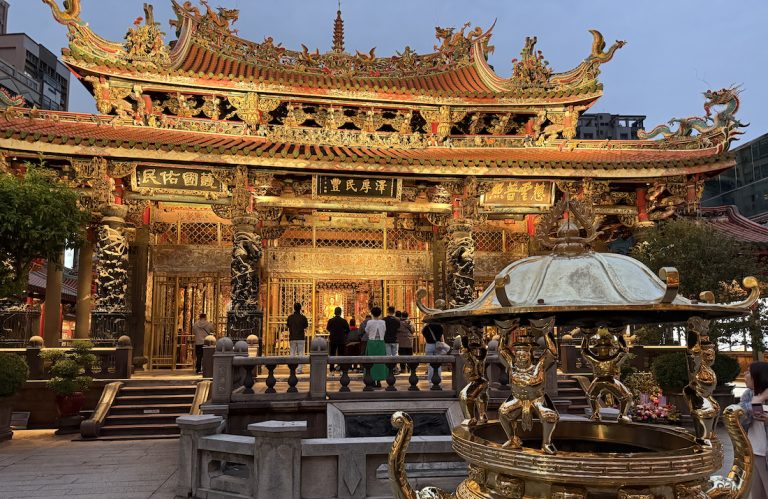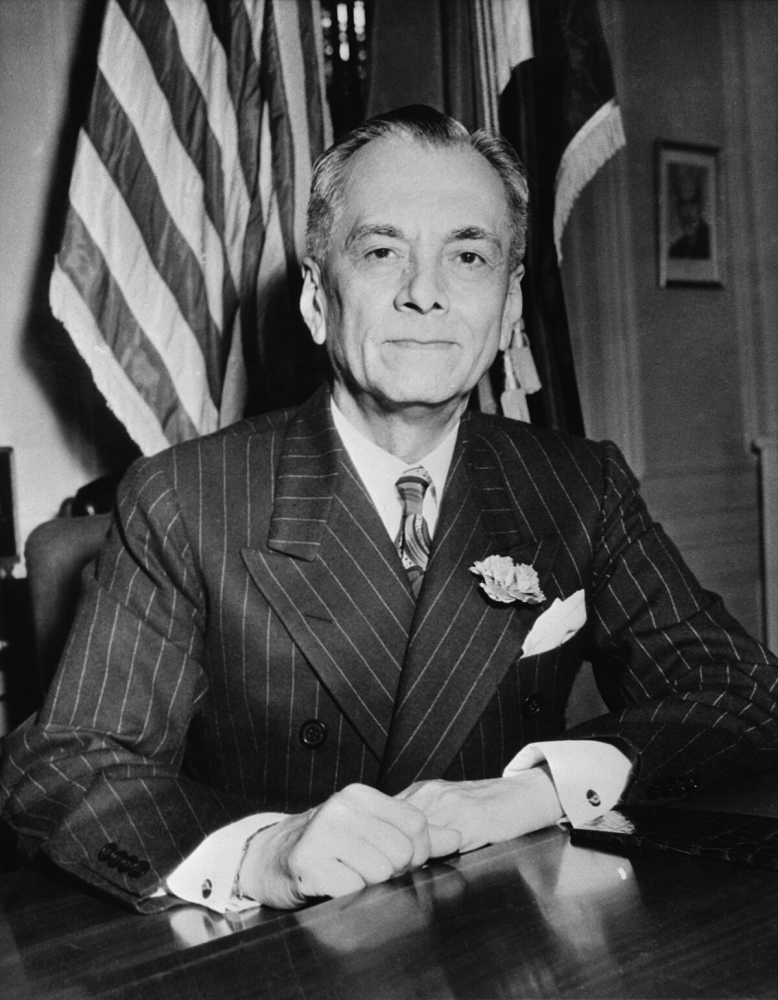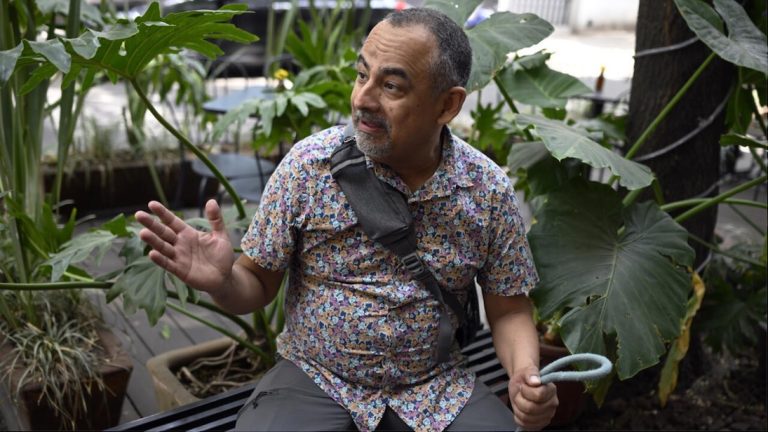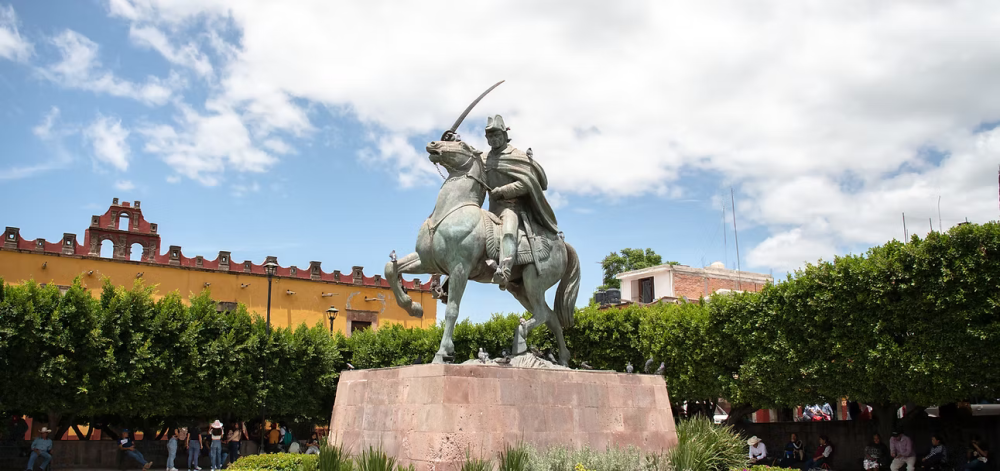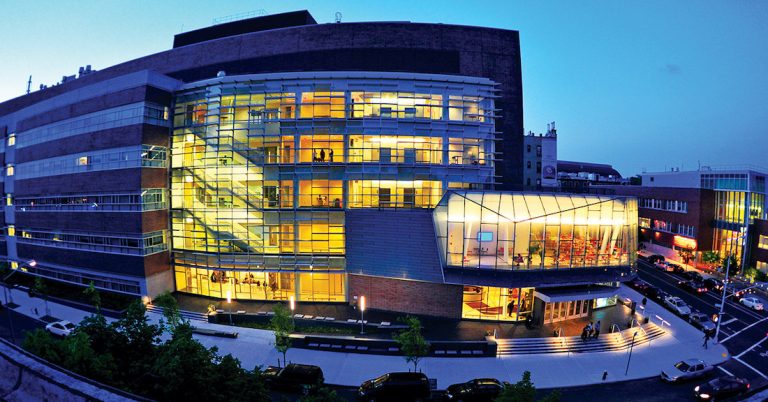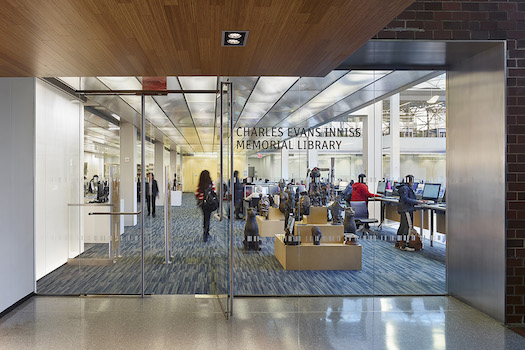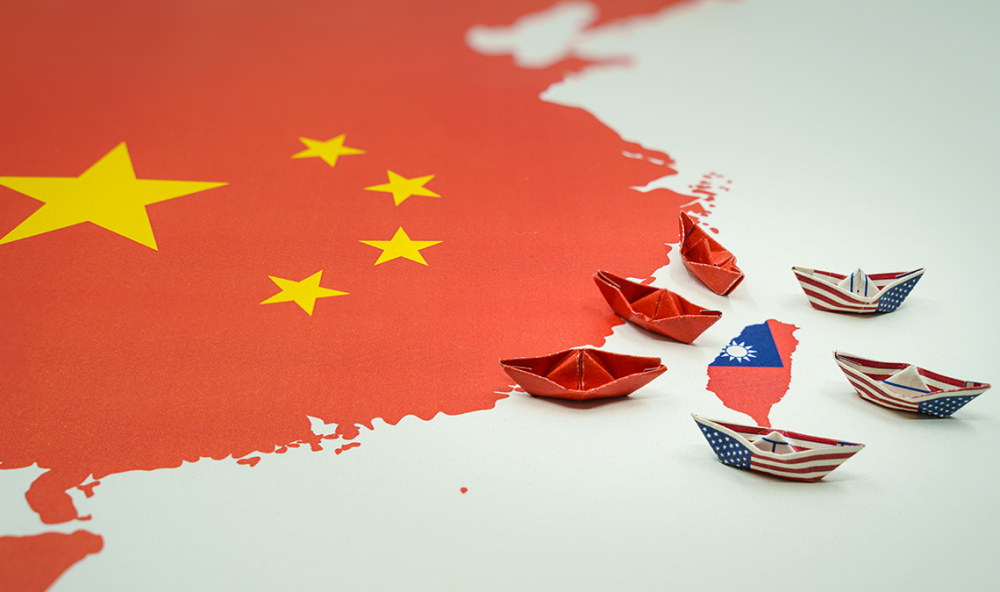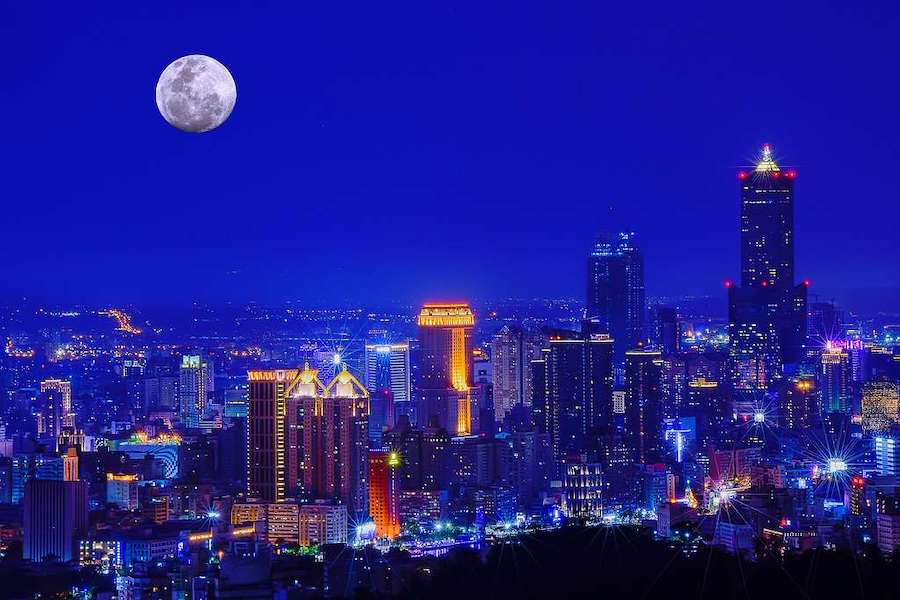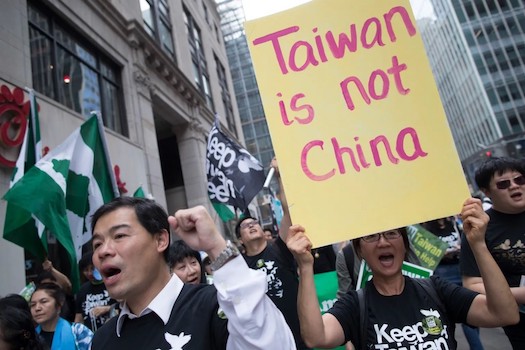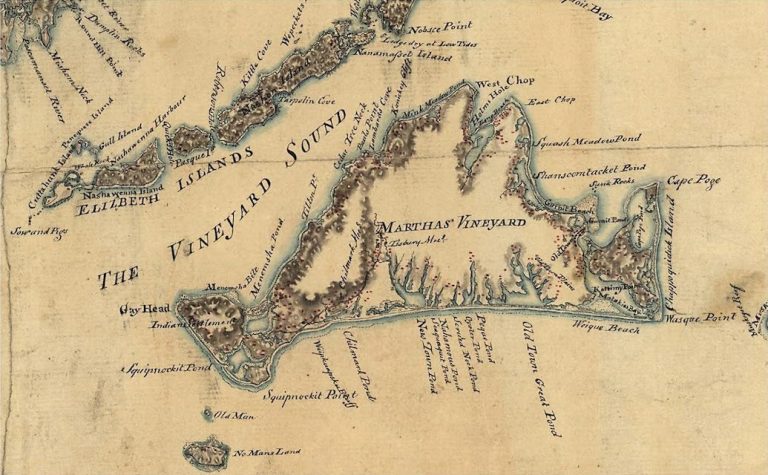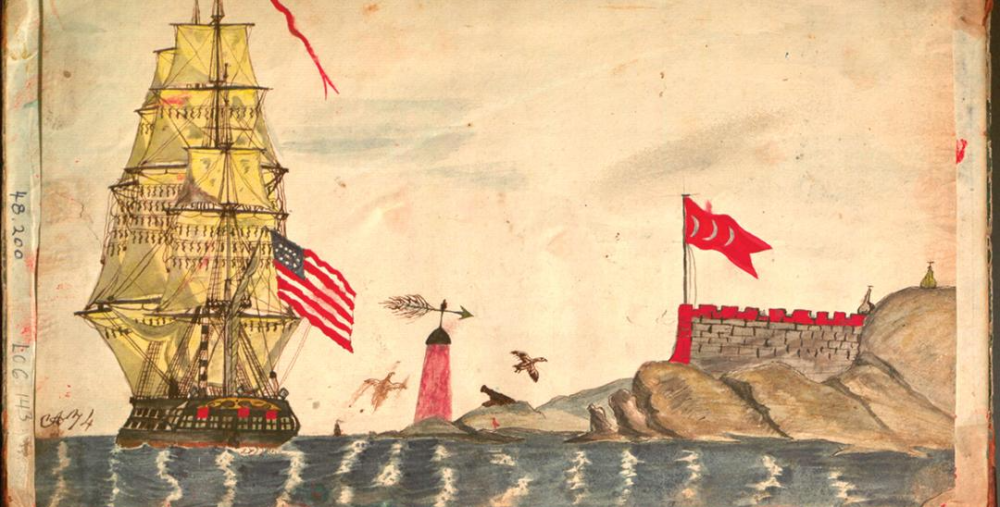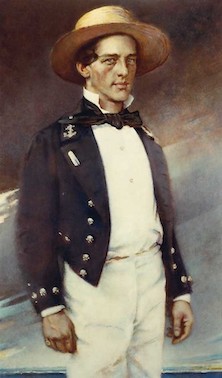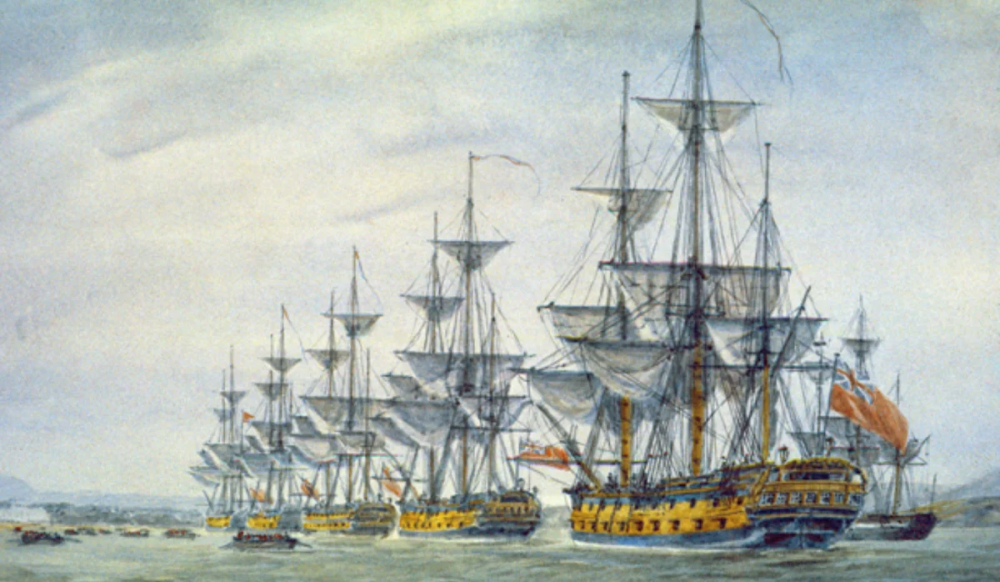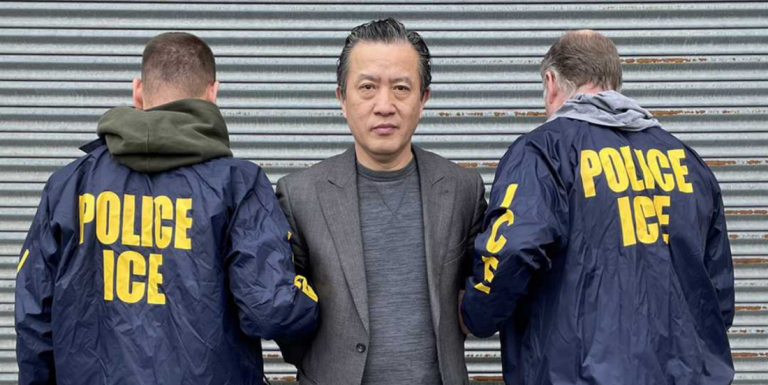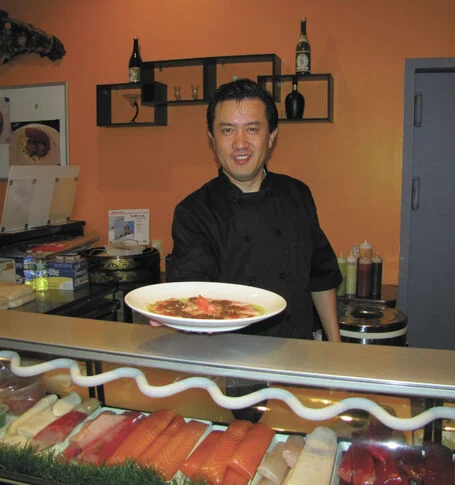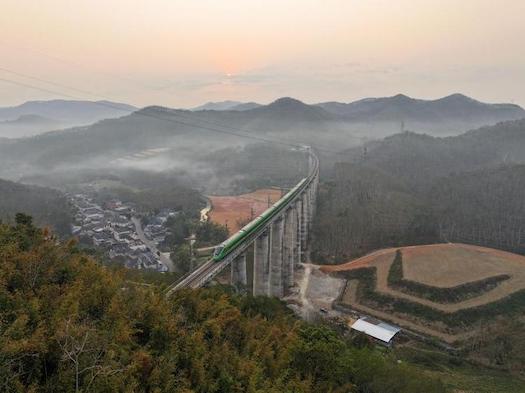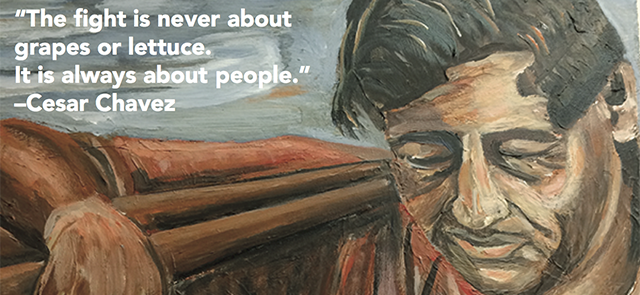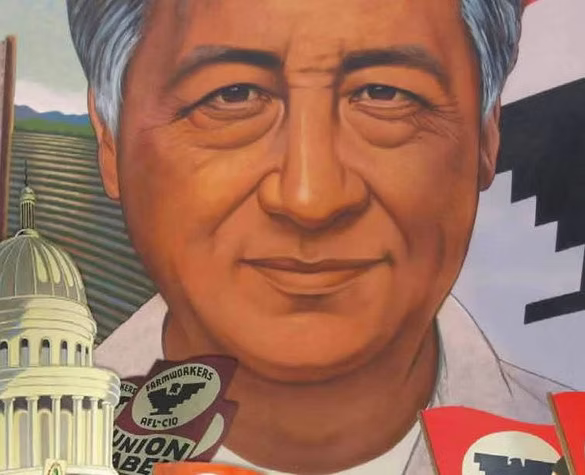TAIPEI — Amid the bustling metropolis of Taiwan’s capital, Longshan Temple (艋舺龍山寺) remains a steadfast spiritual anchor for locals and an increasingly popular destination for international visitors seeking cultural authenticity.
Founded in 1738 by settlers from Fujian province, the temple has withstood natural disasters, war damage, and urban development to emerge as one of Taipei’s most significant religious and historical landmarks. Despite being nearly 300 years old, the site continues to serve as an active place of worship while simultaneously welcoming curious tourists.
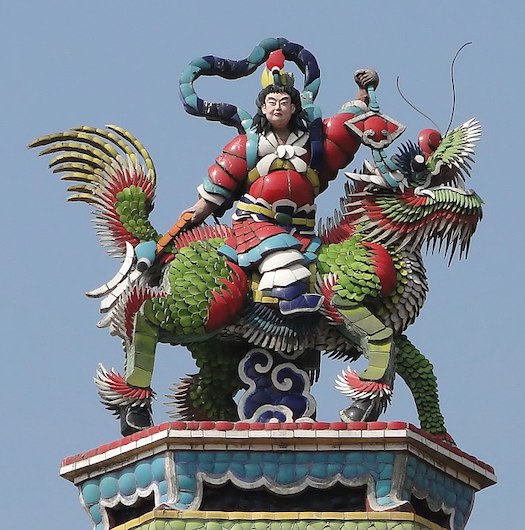
“What distinguishes Longshan from other temples is its living heritage,” explains Cultural Heritage Officer Lin Mei-hua.
“This isn’t a museum piece; it’s a functioning religious center where traditions dating back centuries continue uninterrupted alongside modern life.”
The temple complex, dedicated primarily to the Buddhist goddess of mercy, Guanyin, also houses shrines to over 100 other deities reflecting Taiwan’s syncretic religious practices that blend Buddhism, Taoism, and folk beliefs.
This spiritual diversity attracts worshippers with various needs—students pray for academic success, business owners seek prosperity, and couples request blessings for fertility and harmonious marriages.
During typical weekday visits, the temple buzzes with activity.
Elderly locals gather in the courtyard to socialize while tourists navigate through fragrant clouds of incense.
Monks and temple volunteers assist first-time visitors with proper worship protocols, demonstrating the correct methods for offering incense and interpreting fortune sticks.
The temple’s architectural significance matches its cultural importance.
Despite suffering significant damage during World War II bombing raids, the structure has been meticulously restored multiple times, preserving intricate stone carvings, elaborate wood sculptures, and vibrant painted murals that showcase traditional Chinese craftsmanship.
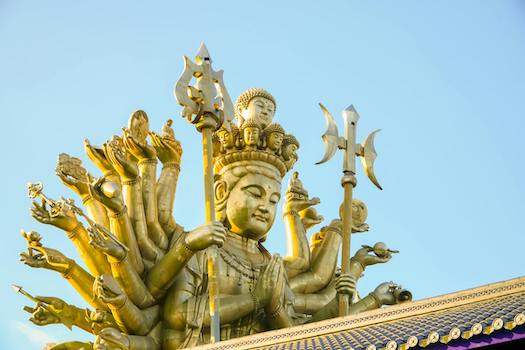
City heritage preservation specialist Chang Wei-ning notes, “The dragon pillars alone represent months of expert artisanship.
Every element of the temple’s design carries symbolic meaning and historical context that tells the story of Taiwan’s cultural evolution.” Recent restoration efforts have focused on balancing authenticity with structural stability.
The temple management committee has implemented careful conservation techniques that preserve original materials while ensuring visitor safety in the earthquake-prone region.
Guanyin is the Buddhist goddess of mercy and compassion, a beloved figure in East Asian Buddhist traditions, and is often depicted as a female deity, though her origins are rooted in the male bodhisattva Avalokiteshvara.
Beyond its religious function, Longshan Temple serves as a community hub.
The surrounding Wanhua District (formerly known as Manka or Bangka, from which the temple derives part of its name) has developed alongside the temple for centuries.

Once Taipei’s commercial center, the area experienced decline before recent revitalization efforts centered around the temple’s cultural significance.
Neighborhood tour guide Huang Tzu-chen explains the area’s transformation: “Twenty years ago, this was considered Taipei’s roughest area.
Now it’s experiencing a renaissance as younger generations rediscover the cultural value of the temple and surrounding historic streets.”
The temple’s administrative committee has embraced its dual role as religious center and cultural landmark by implementing educational programs including guided tours in multiple languages, calligraphy demonstrations, and traditional music performances during major festivals.
International visitor numbers have steadily increased since Taiwan reopened post-pandemic, with tourism officials reporting Longshan among the top five cultural sites visited in Taipei.
However, the temple maintains strict policies to ensure tourism doesn’t interfere with religious practices.
“We welcome everyone to experience our traditions, but this remains first and foremost a place of worship,” says temple administrator Chen Tsung-ming.
“We ask visitors to show appropriate respect, particularly during busy prayer times like lunar new year and major Buddhist holidays.”
For foreign visitors, the temple offers a rare glimpse into living religious traditions.
American tourist Sarah Michaels described her experience: “What struck me was how this isn’t staged for tourists. You’re witnessing genuine faith practices that have continued for generations. It feels like stepping into Taiwan’s cultural heart.”
As Taipei continues its rapid modernization with sleek skyscrapers and technological advancement, Longshan Temple stands as a testament to Taiwan’s commitment to preserving cultural heritage while adapting to contemporary needs.
Whether seeking spiritual guidance, architectural appreciation, or cultural understanding, visitors to Longshan Temple encounter more than a historical monument—they witness the living continuation of traditions that have shaped Taiwanese identity for centuries.
Longshan Temple Stands as Living Monument to Taiwan (April 4, 2025)
